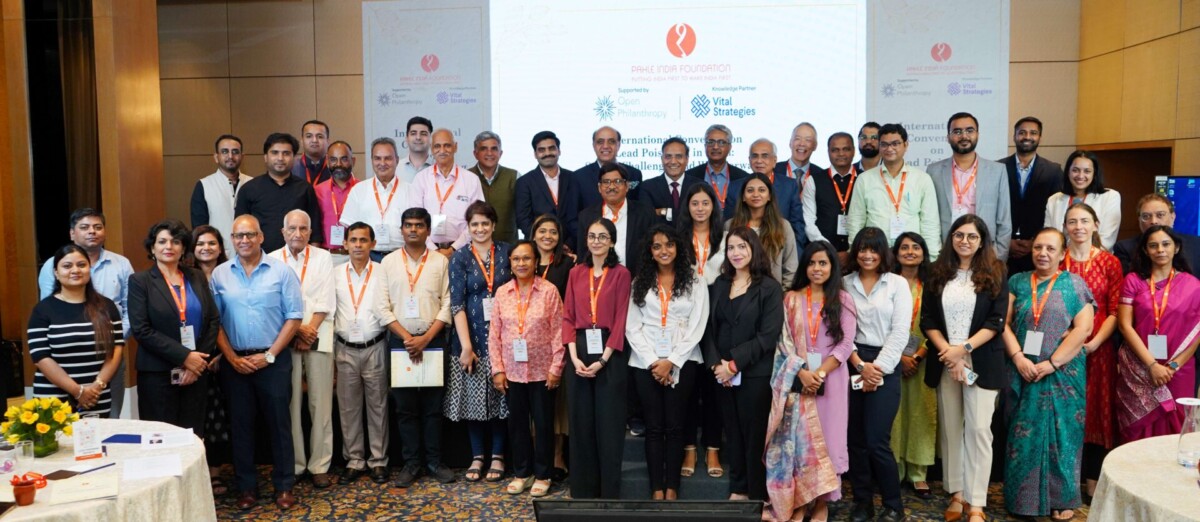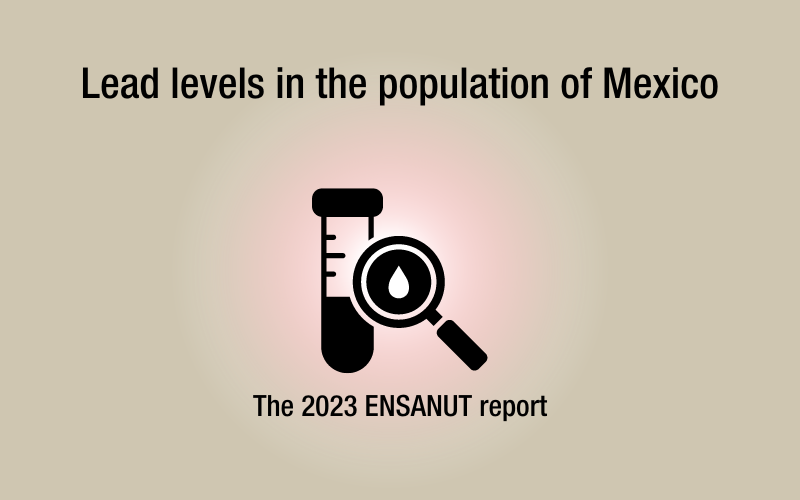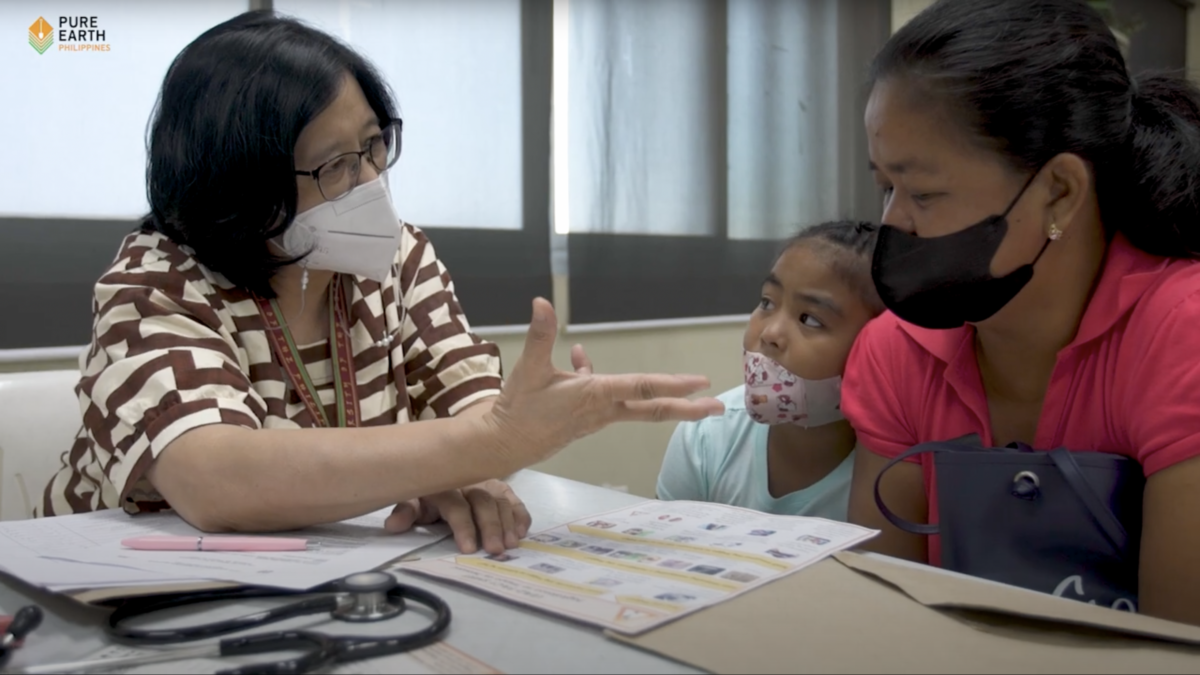A lot has changed since Australian environmental engineer Richard Fuller founded Pure Earth in 1999, then called Blacksmith Institute. What began as a small organization cleaning up sites contaminated with toxic pollution has morphed into a global pioneer of pollution research and evidence-based solutions, with offices in ten countries.
“When I started Pure Earth 25 years ago, my goal was to bring engineering solutions to the growing pollution crisis I was seeing around the world,” recalls Fuller, “Our ultimate goal was to not just clean up existing pollution, but contribute to systemic change and prevention. Happily, we are now seeing the fruits of our labor.”
While our scale and strategy have changed, Pure Earth has remained faithful to Fuller’s vision of a world where all people, especially children, live healthy lives, free from exposure to toxic pollution. To commemorate twenty-five years of dedication to that vision, let’s take a look at where we’ve been, and where we’re headed.
Fighting Pollution from the Ground Up
From the beginning, Pure Earth has understood the critical role of identifying exposure sources. In 2007, we officially launched the Toxic Site Identification Program (TSIP)–the world’s largest database of contaminated sites. By deploying trained investigators to over 50 countries, we have screened nearly 5,000 contaminated sites to date. Using the publicly available TSIP database to prioritize sites for remediation, our global team has conducted 120 site cleanup projects across 32 countries, ranging from lead-acid battery recycling sites in Bangladesh to mercury-contaminated rainforest in Peru.
Recognizing that exposure to toxins often occurs in the home, our team analyzed lead concentrations in more than 5,000 consumer products purchased from markets across 25 countries, and has assessed exposure sources in 750 homes of lead-poisoned children in 6 countries. To strengthen healthcare systems and map the lead crisis, we have collaborated with governments in nine countries (Bangladesh, Colombia, Ghana, India, Indonesia, Kyrgyzstan, Mexico, Peru, and the Philippines) to implement large scale surveys of lead levels in children’s blood.
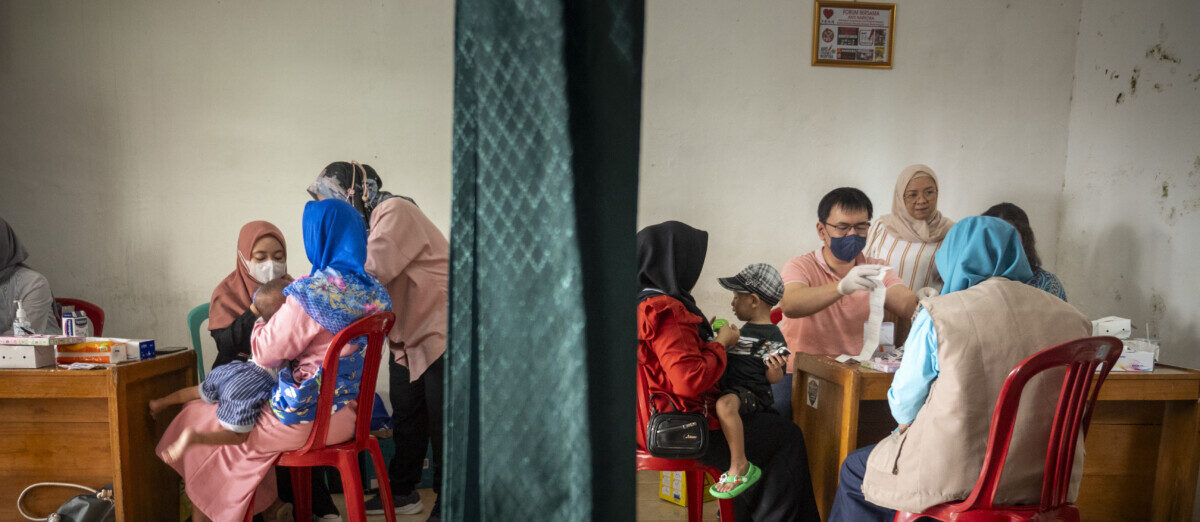
As Pure Earth emerged as a global technical leader in pollution, it became clear we couldn’t solve the crisis without informing and motivating governments, and the public they answered to. Between 2006 and 2016, we published a series of reports, The World’s Worst Polluted Places, that brought global attention to the pollution crisis in low- and middle-income countries. In 2012, to engage governments and get pollution on international development agendas, Pure Earth founded the Global Alliance on Health and Pollution (GAHP), now an independent advocacy organization whose influence and scale has increased ever since.
The publication of the Lancet Commission on Pollution and Health in 2017 marked a turning point in Pure Earth’s efforts to leverage global awareness. Building on our extensive global network and years of TSIP data, Pure Earth led the publication of this groundbreaking report that remains a foundation for global dialogues about pollution and its impacts on human health and economic development.
“One of our first really consequential pieces was the Lancet Commission on Pollution and Health,” recalls Drew McCartor, Pure Earth’s Executive Director, “Environmental ministries are rarely the most influential or well-funded agencies, but once you start connecting environmental challenges to health and economic outcomes, which the Lancet Commission did, you broaden your audience to include other influential groups in the conversation. It was a crucial step in getting pollution into development agendas.”
From 2020-2023, we expanded our role as a global information hub, organizing over 80 global events to raise awareness of the health impacts of pollution, including webinars, briefings, and outreach events.
Sharpening Our Focus, Expanding Our Impact
The Toxic Truth Report, published by Pure Earth and UNICEF in 2020, sent an urgent and unforgettable message to the global community– 1 in 3 children, up to 800 million globally, suffer from lead poisoning. Nearly as alarming as the global toll of lead– which accounts for more deaths than malaria– was the lack of resources devoted to the crisis.
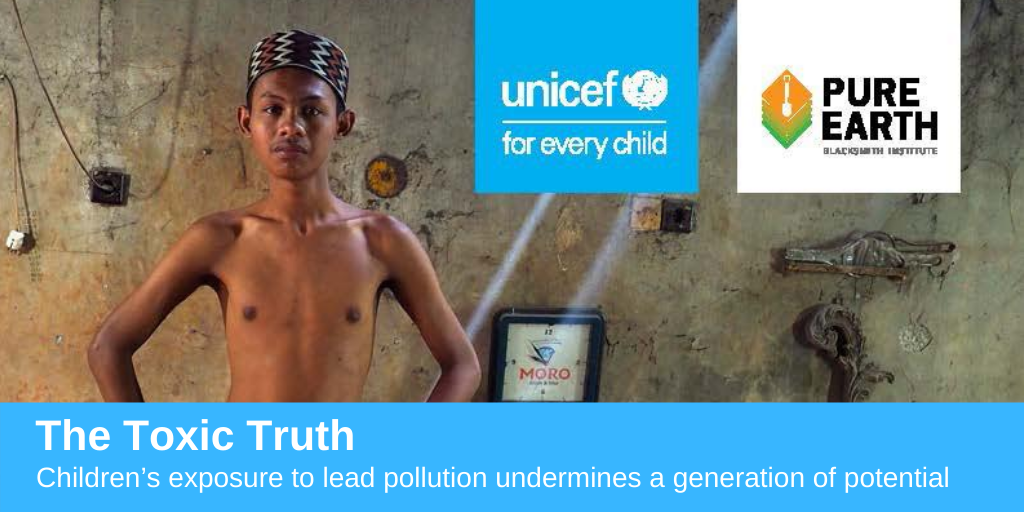
“The world is investing only about $15 million annually to reduce lead poisoning in lower-income countries,” explains McCartor, “If you are familiar with international development, you know $15 million is a paltry sum. We’re talking about a third of the world’s children, about half of all children in low- and middle-income countries with concentrations of lead in their blood that can cause permanent brain damage and IQ loss, among many other negative impacts.”
While investment remains lacking, the Toxic Truth Report helped catalyze the largest effort yet devoted to the crisis. The Protecting Every Child’s Potential Initiative (PECP), launched in 2020 by Pure Earth, UNICEF, and the Clarios Foundation, leveraged a multi-sectoral partnership to reduce lead poisoning in seven countries, including Bangladesh, Georgia, Ghana, India, Indonesia, Mexico, and the Philippines. Word quickly spread, and what started with $15M in seed grants, soon grew by $8.2M with funding from GiveWell, the Global Health and Development Fund, and Open Philanthropy.
Amid the increased interest in lead poisoning following the Toxic Truth report, Pure Earth took advantage of the pandemic to rethink its strategy. The result was an ambitious Strategic Plan for 2020-2030, which announced our decision to focus exclusively on lead and mercury, two dangerous neurotoxins that together pose a greater risk than all other of the World Health Organization’s Top Ten Chemicals of Concern combined.
Embracing our role as a technical pioneer, the new Plan strengthened the role of research in Pure Earth’s Lead and Mercury Programs alike. Based on two decades of field experience, we published a five-phase approach to addressing lead poisoning, a proven strategy that could be used worldwide. In 2021, Pure Earth launched the Rapid Market Screening Program (RMS), an ambitious project to analyze lead in thousands of consumer products across 25 low- and middle-income countries. The recently published results revealed that about half of all samples of paint, metal cookware, and ceramic cookware were highly contaminated.
“The high prevalence of lead in consumer goods like metal and ceramic cookware, cosmetics, toys, and other goods was a surprise and is now an emerging research and intervention area for us. These are issues that the RMS helped bring into the public consciousness,” says McCartor about the growing evidence of lead-contaminated products, a finding cited in the recent calls to action to address lead poisoning by USAID and the US Senate.
Meanwhile, our Global Mercury Program, which focuses on decreasing emissions in artisanal and small-scale gold mining (ASGM), has emerged as a source of innovation. To address the toxic threat of mining waste, we developed an award-winning technology that can remove up to 84% of mercury from tailings and established Latin America’s first government approved mercury storage unit in Colombia. In Peru, where gold mining threatens human health and the rainforest alike, our team is deepening our understanding of mercury dynamics in the Amazon and promoting a mine closure model to reduce legacy contamination.
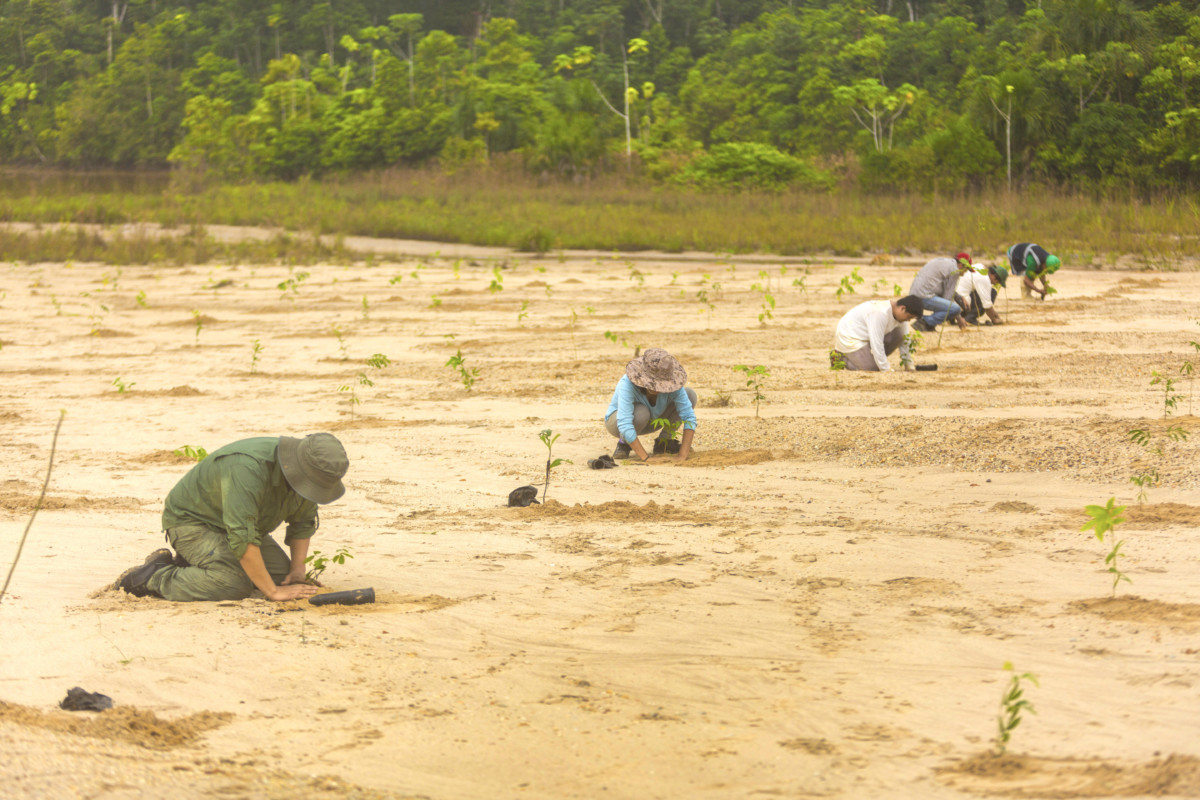
As research revealed that the pollution crisis was even bigger than previously imagined–causing one in six deaths globally according to a 2022 Lancet Report– we doubled down on our commitment to empowering local institutions. With over 1,500 miners trained to date, Pure Earth is giving miners the tools to work responsibly and engaging the jewelry industry to build demand for mercury-free gold.
“It has always come down to people as the change makers,” explains Fuller, “We identify and empower a local champion in the community. We form alliances with champions in the top levels of the environment and health ministries in the country and hire brilliant, passionate country staff to manage the process– that has proven a successful recipe for lasting change.”
The Future: Sharing a Life-Saving Recipe with the World
After twenty-five years fighting pollution, one thing has become clear: while the number of lives lost is far bigger than previously imagined, so is the opportunity for impact.
“The return on the investment is enormous: improved health, increased productivity, higher IQs, less violence, and brighter futures for hundreds of millions of children across the planet,” explains Fuller, “For decades, we have been testing, evaluating, revising, and retesting our programmatic approaches and now have replicable, scalable models that major development agencies are adopting.”
Drawing on decades of lessons learned and data, Pure Earth can now save lives at a lower cost than ever. Our research shows that the most effective solutions use policy-based approaches to impact as many people as possible. Such was the case in the Republic of Georgia, for example, when Pure Earth, UNICEF, and others collaborated with government authorities to eliminate the adulteration of spices almost completely within a couple of years.
In countries such as Bangladesh, where 60% of children suffer from lead poisoning, Pure Earth estimates that $3 million invested in such time-tested interventions can impact 1 million children, at a cost of roughly $3 a child. But the scale of pollution is too great for Pure Earth to solve alone. That’s why, looking ahead, Drew McCartor is determined to share our knowledge and intervention strategies and build a much larger community of actors in the lead space.
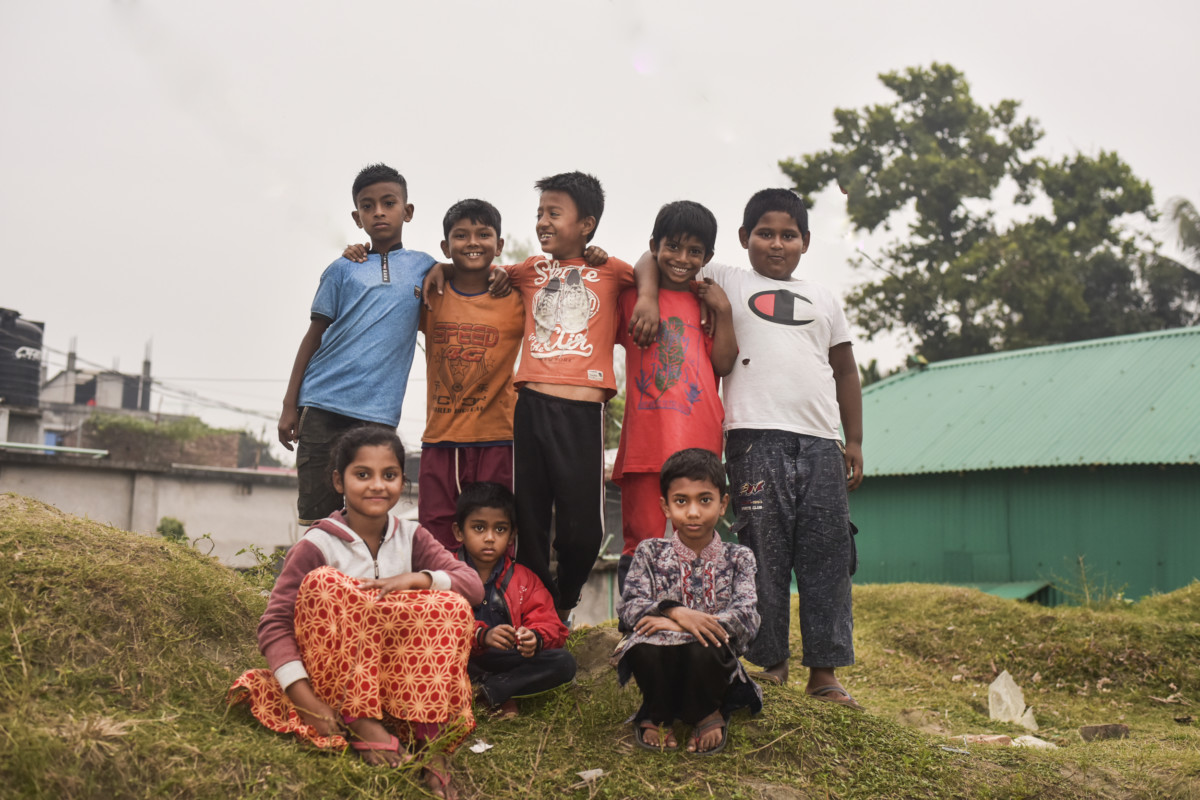
“Whereas in the past we have spent a great deal of effort raising awareness about lead and mercury to create an enabling environment for action, today, we are focused on developing and sharing the best possible information about exposure sources and solutions so that governments, corporations, civil society groups, and communities can effectively prioritize actions and take the most effective steps to reduce risks.”
Over its 25-year journey, Pure Earth has been consistently evolving to be the organization the world needs in the moment–whether that means filling critical information gaps, investigating new exposure sources, or testing novel intervention strategies.
We are delighted to be in a new phase of our mission where awareness of lead and mercury challenges is growing quickly and global actors are aggressively seeking solutions. With the recent increase in awareness of lead poisoning, we now believe it is possible to reduce the number of lead-poisoned children by 50% by 2040 (a goal we call “50 by 40”) and we encourage all groups to join us in this ambition.
Like all good nonprofits, Pure Earth is in the business of putting itself out of business by empowering the public and private sectors to carry this work forward sustainably and effectively without us. Today, that goal feels closer, but with hundreds of millions of children still at risk, this is the moment to scale-up proven interventions and show the world that these issues can be solved.
This post was written by Charlie Espinosa.

